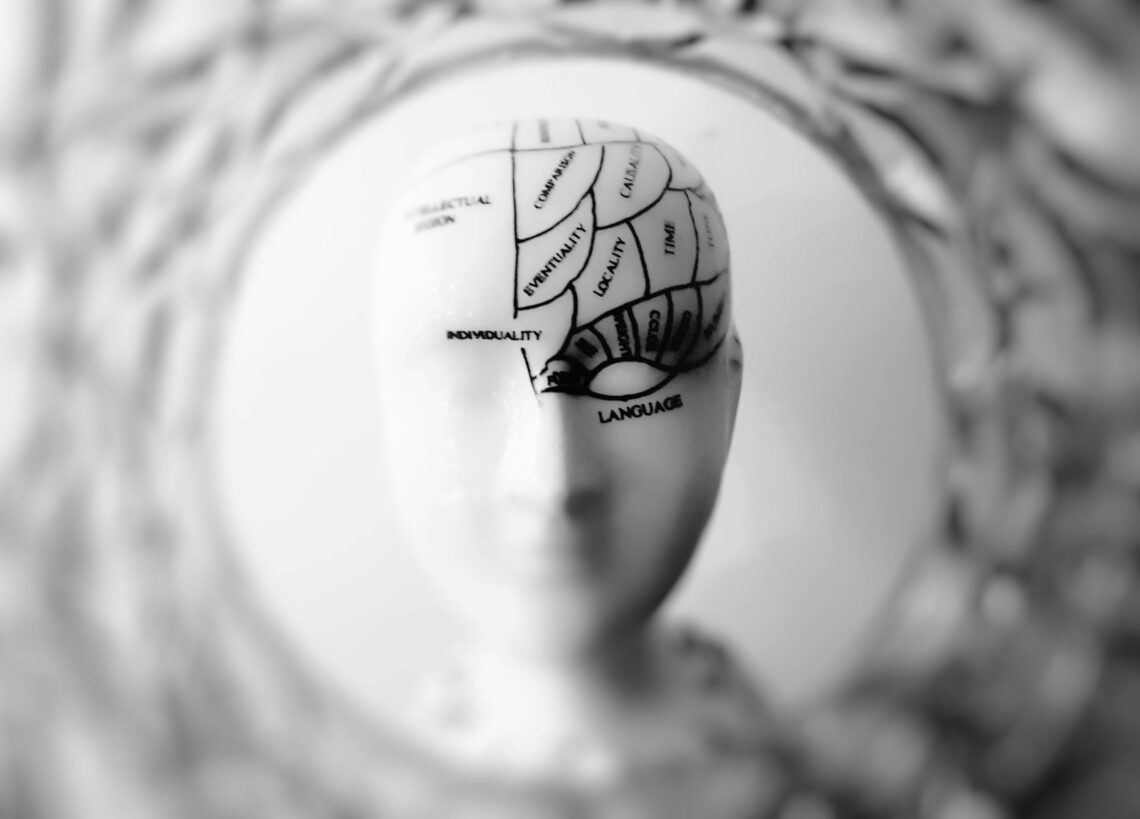Understanding Cid10g43
Introduction
The term Cid10g43 is often used in clinical and administrative contexts, especially in relation to diagnosis coding and classification. When health professionals search for accurate documentation or patients look for clarity, understanding how Cid10g43 functions becomes essential. This code plays a role in organizing medical information, guiding treatment decisions, and ensuring accurate reporting within healthcare systems.
What Cid10g43 Represents
To grasp the importance of Cid10g43, it helps to see it as part of a broader diagnostic structure. Health systems rely on standardized codes to categorize conditions, streamline medical records, and support statistical analysis. Within that framework, Cid10g43 helps identify a specific type of health condition that requires accurate documentation for proper treatment and record-keeping. Rather than being a vague label, Cid10g43 gives clarity to both practitioners and institutions by pinpointing a clearly defined diagnosis.
Why Cid10g43 Matters in Healthcare
The significance of Cid10g43 reaches beyond a code on a chart. It helps coordinate care by ensuring all professionals involved in a case speak the same diagnostic language. When hospitals, clinics, and insurers review patient files, Cid10g43 allows for consistent interpretation. In research and data analysis, this code also contributes to better public health planning. The use of Cid10g43 supports patient tracking, outcome evaluation, and identification of care trends across populations.
Clinical Use of Cid10g43
For physicians, applying Cid10g43 accurately can influence treatment choices and follow-up plans. When a condition falls under this label, it provides guidance on recommended interventions, potential complications, and prognosis. Specialists may use Cid10g43 to coordinate referrals or structure individualized care pathways. In many settings, the presence of Cid10g43 in a patient’s record ensures proper documentation during consultations, procedures, and long-term management.
Cid10g43 in Medical Records and Billing
Within administrative systems, Cid10g43 simplifies billing, auditing, and reimbursement. Insurance providers often require precise coding, and Cid10g43 helps prevent claim errors that result from ambiguities. Hospitals and clinics use internal software that recognizes Cid10g43 for accurate classification, reducing confusion and speeding up documentation processes. Without standardized codes like Cid10g43, data management would become fragmented and less reliable.
Training and Professional Awareness of Cid10g43
Medical students, coders, and administrative staff often learn about Cid10g43 during certification programs or ongoing training. Understanding the context behind Cid10g43 allows professionals to avoid misclassification and maintain regulatory compliance. Educational sessions may include case studies where Cid10g43 is applied to illustrate correct usage. Health organizations regularly update their staff on changes that involve codes like Cid10g43, reinforcing best practices.
Challenges Related to Cid10g43
Even with standardization, Cid10g43 can be misused if not carefully interpreted. Similar conditions may lead to confusion, especially when symptoms overlap. Proper training and reference materials are essential to ensure Cid10g43 is used where it truly fits. Another challenge is translation between systems in different countries. Although Cid10g43 maintains a recognizable format, documentation standards vary, and this may affect how the code is recorded or searched.
Data and Research Applications of Cid10g43
Public health analysts use data tied to Cid10g43 to detect population trends and identify areas needing intervention. Hospitals study cases involving Cid10g43 to evaluate patient outcomes or measure treatment effectiveness. Researchers may analyze how frequently Cid10g43 appears in certain demographics, tracking long-term patterns that lead to better prevention strategies. Without consistent labeling, it would be more difficult to gather reliable statistics.
Digital Integration of Cid10g43
Modern healthcare platforms integrate Cid10g43 into electronic record systems for more efficient tracking. Digital tools can automatically suggest Cid10g43 based on documented symptoms or historical data. This integration reduces manual errors and speeds up workflows. When information is shared across networks, Cid10g43 ensures continuity. Whether patient records move between departments or regions, the code acts as a universal reference.
Patient Impact and Understanding of Cid10g43
Some patients may encounter Cid10g43 on discharge summaries or referrals, leading them to ask for clarification. Explaining Cid10g43 helps them understand their diagnosis and follow treatment instructions more confidently. By recognizing that Cid10g43 is part of a structured system, patients can feel more secure about the accuracy of their records. Knowledge also supports communication between patients and professionals, reducing uncertainty.
Conclusion
Exploring Cid10g43 reveals how much structure and precision underlie modern healthcare documentation. It contributes to better patient care, smoother administrative processes, and improved research outcomes. Through accurate application of Cid10g43, clinics and hospitals maintain consistency across departments and disciplines. As medical standards evolve, the role of codes like Cid10g43 remains essential in supporting clarity, coordination, and informed decision-making.





